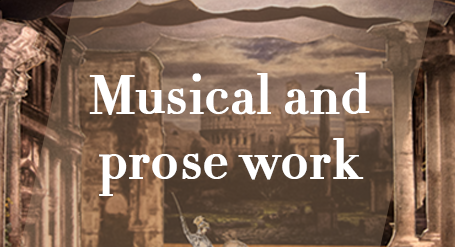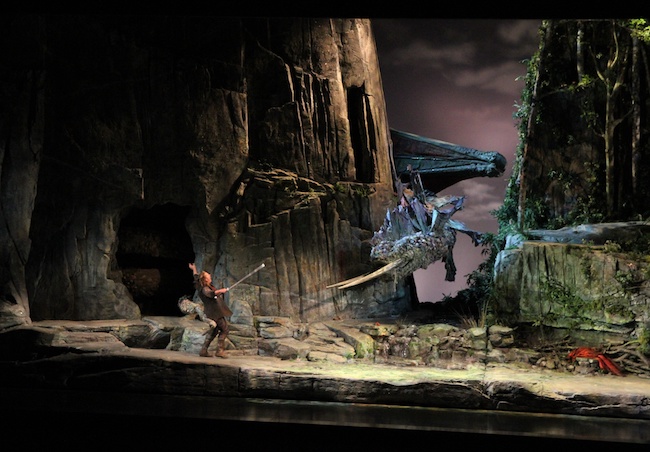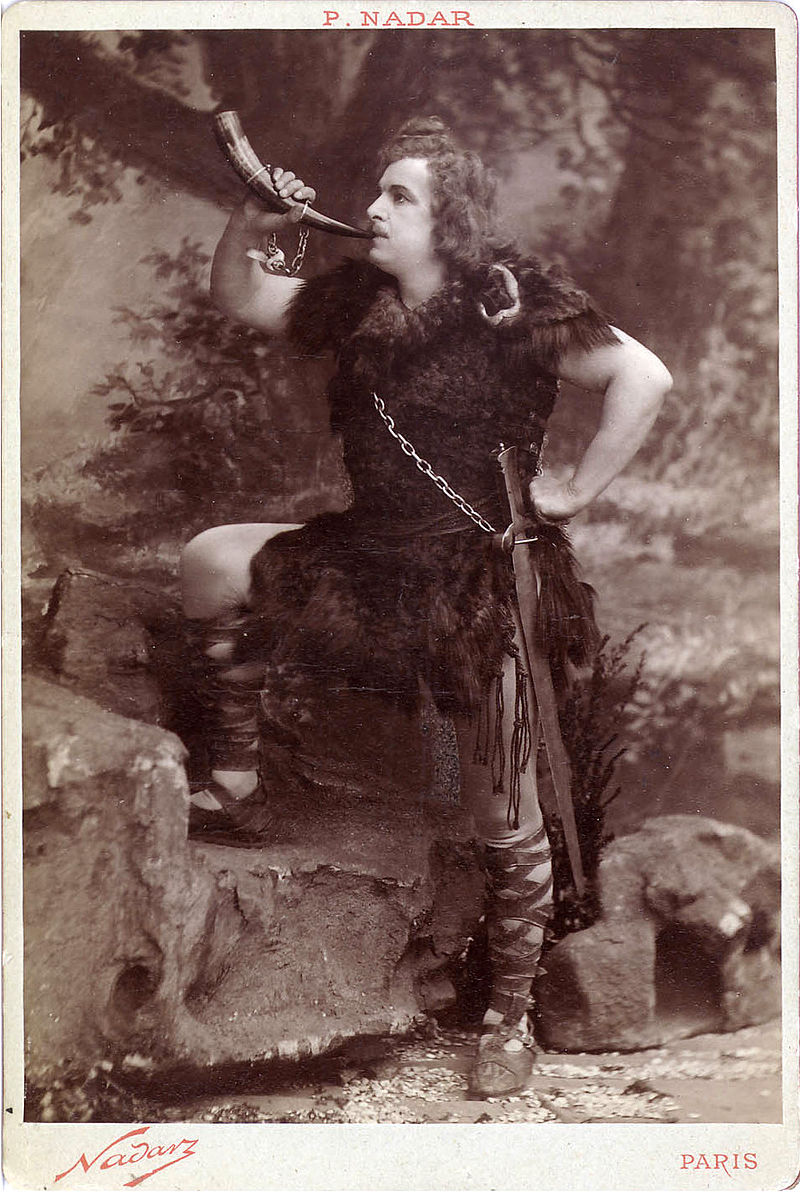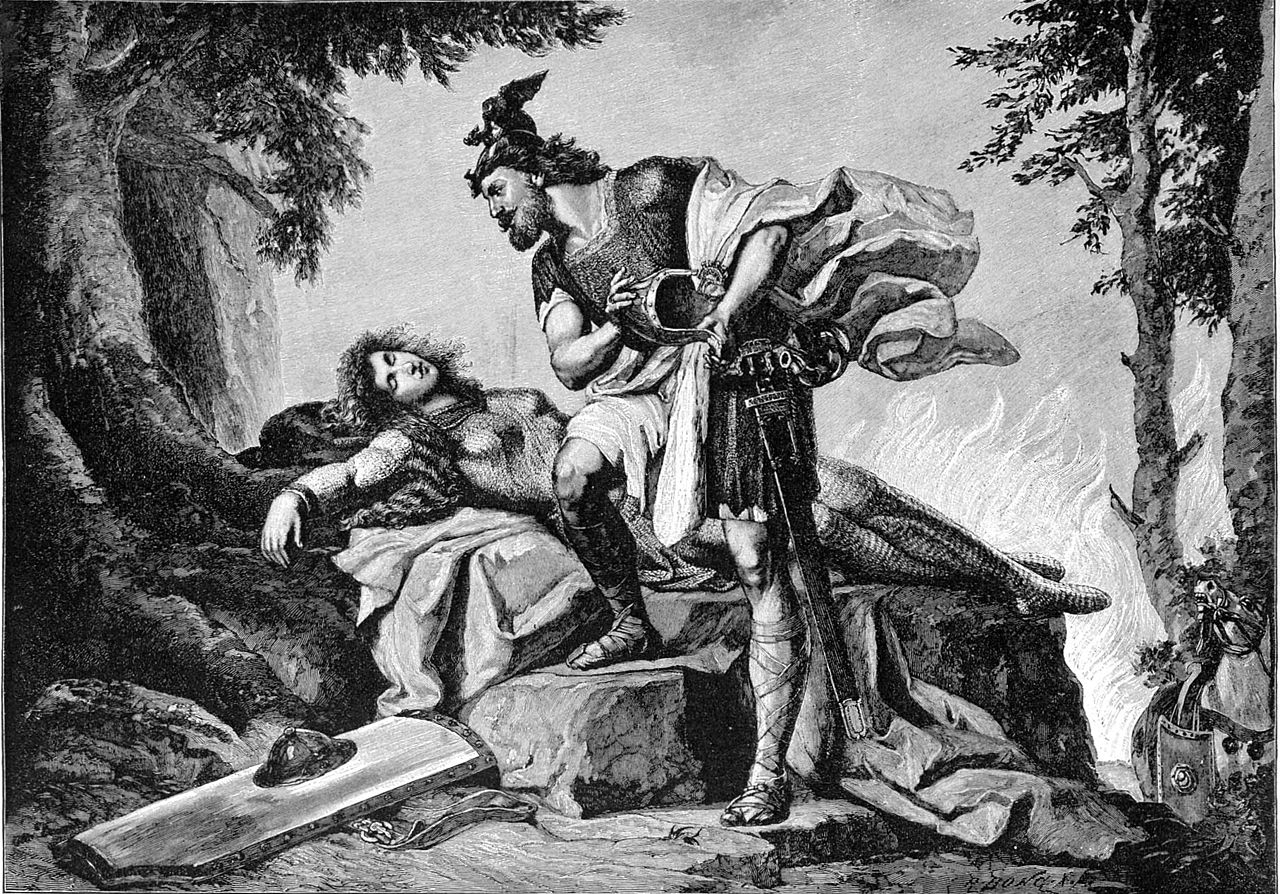
The musical work of Richard Wagner is composed of operas or “musical dramas” ranging from “Fairies” (Die Feen) to “Parsifal”. A detailed presentation of each of these major works is associated here with a set of thematic articles, placing them not only in the context of his personal life but also in his social, economic and cultural context. This section also includes all the musical works (excluding opera) and his literary work.
SIEGFRIED, WWV86C
Siegfried WWV86C
IN SHORT
The libretto of Siegfried was drafted by Wagner in November–December 1852, based on an earlier version he had prepared in May–June 1851 and originally entitled Jung-Siegfried (Young Siegfried), later changed to Der junge Siegfried. The musical composition was commenced in 1856, but not finally completed until 1871.
The libretto arose from Wagner’s gradual reconception of the project he had initiated with his libretto Siegfrieds Tod (Siegfried’s Death) which was eventually to be incarnated as Götterdämmerung, the final section of the Ring cycle. Having grappled with his text for Siegfrieds Tod, and indeed having undertaken some musical sketches for it during 1851, he realized that it would need a ‘preface’. At this point he conceived that the prefatory opera, Der junge Siegfried, could act as a comic foil to the tragedy of Siegfrieds Tod.
Preliminary musical sketches for Der junge Siegfried in 1851 were however quickly abandoned, although Wagner had written to his friend Theodor Uhlig that “the musical phrases are making themselves for these stanzas and periods, without my even having to take pains for them. It’s all growing out of the ground as if it were wild.” Shortly afterwards he wrote to Uhlig that he was now planning to tell the Siegfried story in the form of “three dramas, plus a prologue in three acts”—a clear prefiguring of the Ring cycle.
Full work was finally commenced on the music of Siegfried, as the composer henceforth referred to it, in 1856, when Wagner prepared concurrently two drafts, a complete draft in pencil and a version in ink on up to three staves in which he worked out details of instrumentation and vocal line. The composition of Acts 1 and 2 was completed by August 1857. Wagner then left off work on Siegfried to write the operas Tristan und Isolde and Die Meistersinger. He did not resume work on Siegfried until 1869, when he composed the third act. The final revision of the score was undertaken in February 1871. Performance was withheld until the first complete production of the Ring cycle, at Bayreuth in August 1876.
Elements of the plot of Siegfried come from a variety of sources.
In a letter to Uhlig, Wagner recounted The Story of the Youth Who Went Forth to Learn What Fear Was, based on a fairy-tale of the Brothers Grimm. It concerns a boy so stupid he had never learned to be afraid. Wagner wrote that the boy and Siegfried are the same character. The boy is taught to fear by his wife, and Siegfried learns it when he discovers the sleeping Brünnhilde.
Siegfried’s ability in Act Two to see through Mime’s deceitful words seems to have been derived from a 19th-century street theatre version of the story of Faust.
Some elements of the story are derived from legends of Sigurd, notably the Völsunga saga and the Thidrekssaga. Scene 1 of Act 3 (between The Wanderer and Erda) has a parallel in the Eddic poem Baldrs draumar, in which Odin questions a völva about the future of the gods.
![]()
For further information : THE RING OF THE NIBELUNG (Der Ring des Nibelungen) in short
If you wish to share further information about this article, please feel free to contact us !


